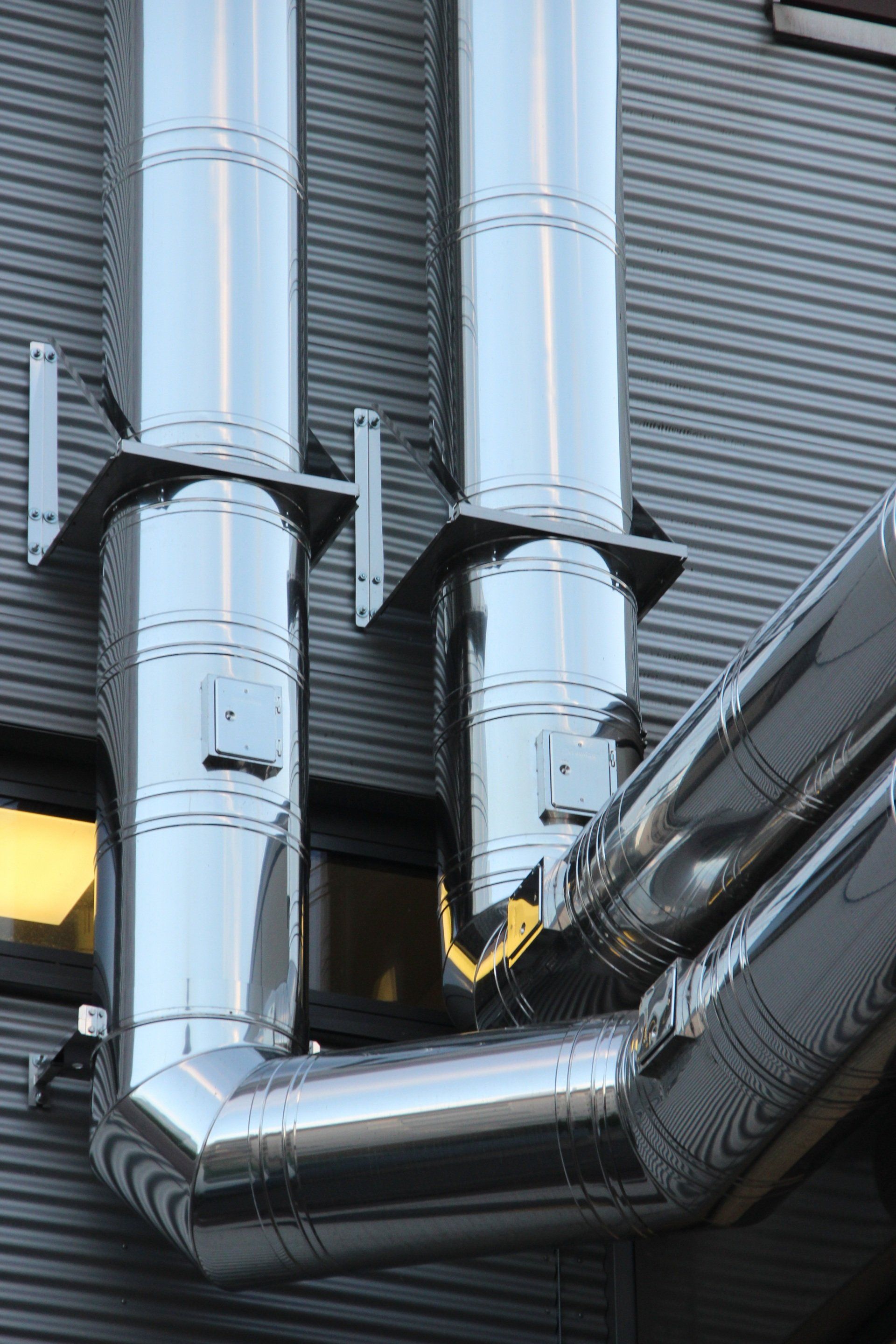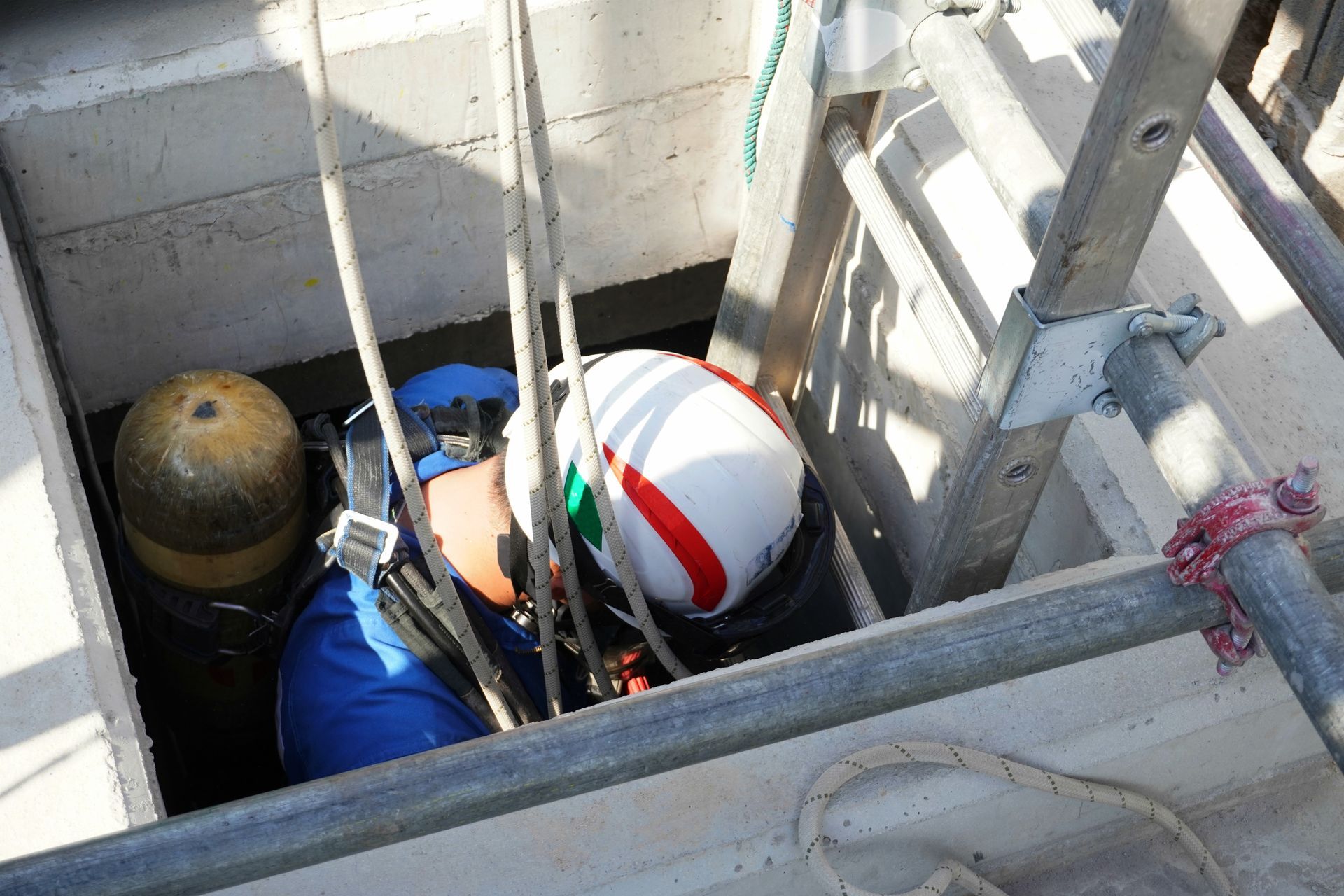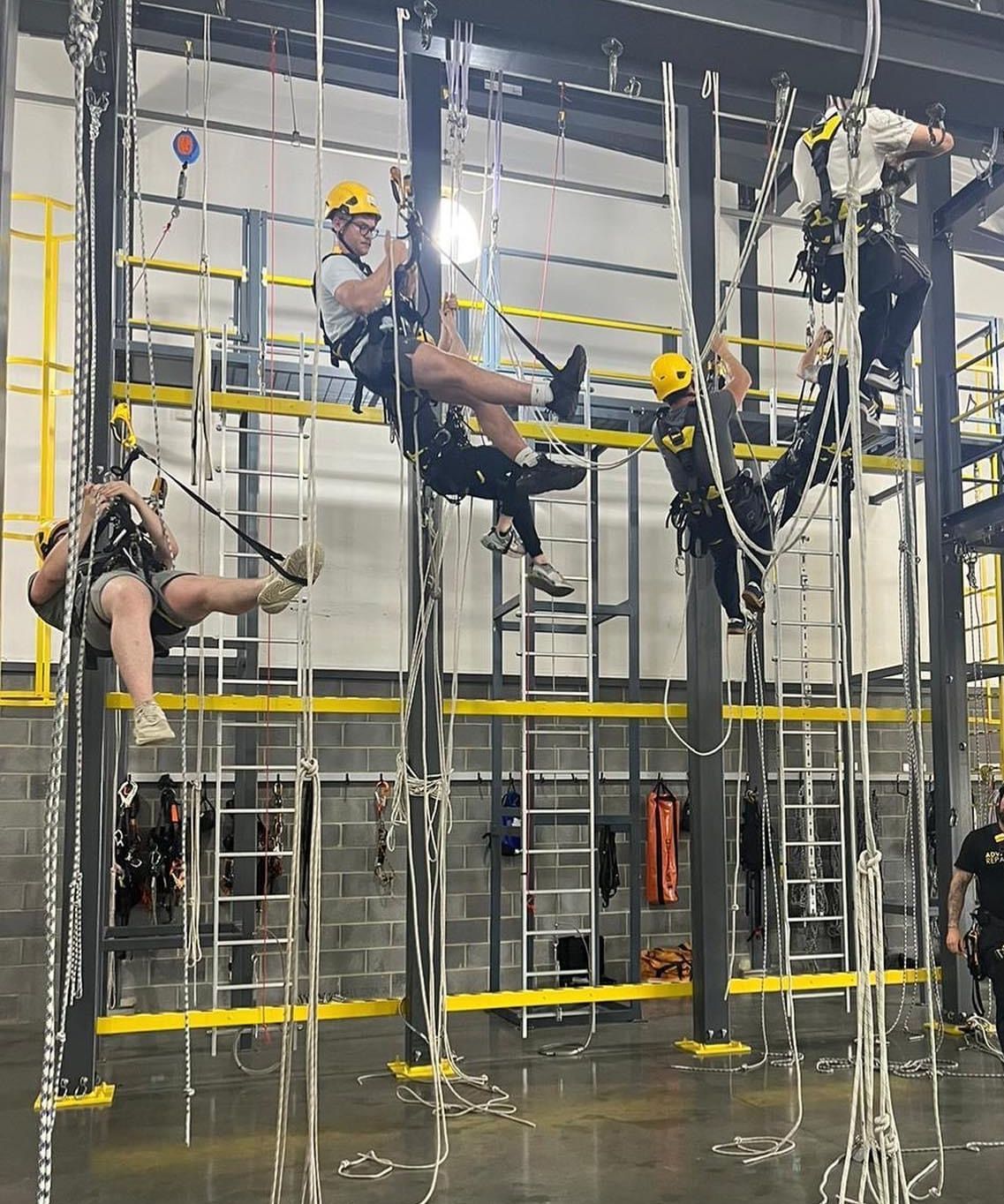Corrosion Under Insulation

Corrosion Under Insulation: You Sneaky B**tard!
Commercial piping is all around us, and that means the threat of pipe corrosion and ensuing problems are also pervasive. Fortunately, there is insulation to protect pipes from some damage, but that also comes with a risk.
Sometimes the insulation on the pipes themselves creates an environment that encourages corrosion.
Building Information Modelling (BIM) and BIM software can help predict when those conditions are more likely to occur, as well as the risk posed to the integrity of piping.
Here is how;
Why Predicting Corrosion Matters?
Several industries utilise insulation to protect piping. In addition to fireproofing, piping insulation is a primary weapon that oil, gas, food, and chemical corporations use to ward off corrosion from moisture, exposure to the elements, and other environmental risks.
If corrosion of a pipe starts, the walls of the pipe weaken. Several environmental factors increase that risk. For example, a gas pipeline that goes through salt water is vulnerable to rapid corrosion from salt as well as oxidation.
Insulation protects piping, but unfortunately, it can also create an environment conducive to creating or aiding pipe corrosion. Left untreated, corrosion can:
- Rupture piping
- Create soft spots in the piping
- Contaminate whatever is in the piping
- Spread corrosion along the piping
While no breach of piping is good, some breaches are more impactful. A rupture in a oil or gas line can pose an explosion and fire hazard and destroy entire eco-systems. If the rupture is to piping transferring water, poisoning could get into the public water supply. Corrosion on sewage pipes can cause contamination of water too.
Corrosion Under Insulation
Corrosion under insulation (CUI) can occur if the environment under insulation is conducive to creating or allowing corrosion to occur. The situation most associated with this risk is when wetness gets under the insulation and oxidation occurs.
Because of the nature of the insulation, the moisture does not easily dry, perpetuating oxidation. The corrosion speeds up if a corrosive chemical like salt is present. To address the corrosion risk, the insulation must be stripped away, the piping dried, and, if necessary, repaired or replaced. The piping will then need new insulation to protect it moving forward.
Because of the nature of CUI, it is challenging to detect, pinpoint, and address environments conducive to pipe corrosion. The insulation hides any evidence of moisture, particularly if the moisture is under the insulation.
Hiding corrosion leads to its spread!
Unfortunately, there are only two ways to detect CUI.
- Regular, Physical Inspections
The downside to regular physical inspections is that there are millions of miles of oil, gas, and chemical piping in the U.K. alone, much of which needs insulation. When you add to that other forms of piping, the miles of insulation needing inspection jumps dramatically.
Even with the best intentions, it is physically impossible to look at every square inch of insulation in the country and determine if it is compromised, harbouring conditions friendly to corrosion or helping corrosion spread. In addition, insulation that harbours conditions conducive to corrosion is not always evident. In many cases, corrosion results from moisture seeping under the insulation and settling. The moisture and corrosion are invisible unless the insulation bursts or gets cut. Given the sheer volume of pipe insulation, physically cutting it all is impossible and prohibitively expensive.
- Predictive Analysis
Fortunately, the ingredients needed for the environment under insulation that would encourage corrosion are well documented. Additionally, the type of external environmental factors that must be present is well known also. A pipe in a sub-tropical location and exposed to salt and other chemicals is more prone to corrode than one buried in the desert, for example, usually due to the lack of an electrolyte such as water.
While it is impossible to physically inspect every inch of piping for corrosion, projections that consider several factors are possible. Those include, but are not limited to:
- Exposure to water
- Relative humidity of the location of the insulation
- Temperature and temperature ranges
- Characteristics of the physical location of piping (buried, exposed, enclosed, etc.)
- Exposure to corrosives such as salt
When all of these factors get considered and what we know about corrosives and how they interact with environmental factors is added, projective analysis is possible. Additionally, areas more susceptible to corrosive influence can be flagged, and those areas are inspected more closely than areas with only one or two risk factors for corrosion.
The predictive approach lets corrosion inspectors prioritise inspection processes, locations, and how closely they need to inspect to determine if corrosion is under the insulation (whether to cut the insulation). The streamlined approach saves time and money and narrows inspection focus to high-risk areas rather than wasting time on areas that do not need much attention.
The Role of BIM
That explanation is needed to understand how BIM can help insulation inspection processes. By adding environmental and location data, plus any other influencing factors, into a BIM system, a
“map” of pipelines and insulation locations can be formed. Additionally, markers for areas that are higher risk can be affixed to the location of areas needing inspection.
Those areas can be colour-coded based on the severity of the risk. Using this model, insulation on a pipe next to the ocean and exposed to weather or occasionally submerged by water will be coded red. In contrast, insulation inside a factory in a dry but humid location might be coded as orange/amber. Insulation at little risk of corrosion would be coloured green, and so on.
In this scenario, red and orange take priority over green coded areas.
Using BIM to map out pipeline insulation and possible corrosion points helps corrosion inspectors narrow where they want to inspect. Furthermore, it helps pipe line inspectors determine if they are only looking for signs of corrosion or if they need to look deeper, underneath the insulation for corrosion, or the environment that can promote corrosion.
Final Thoughts
BIM streamlines the inspection of piping insulation. Identifying and flagging high-risk areas, narrowing the physical inspection work needed. Inspectors can use the analysis to cover more ground while increasing the likelihood of finding corrosion if it exists. BIM analysis saves time, money, and effort while focusing on areas that most need attention.
Why Choose Dangle's Academy
Here at Dangle, we pride ourselves on offering a wide range of professional and comprehensive inspection, access, coatings, and composite (IACC) industrial services and training courses to cater to the needs of both the private and public sectors. Our dedication to providing high-quality work at height solutions and training has helped us establish a strong reputation in the industry.
With a team of highly skilled and experienced professionals, we are committed to delivering exceptional results that not only meet but exceed our clients' expectations. Our on-site working at height services are designed to minimise maintenance costs in the long and short-term, allowing our clients to save on valuable resources.
Located in Belfast, Northern Ireland, our headquarters serve as the centre of our operations across Ireland. However, we also have a Dangle office based in Scotland, ensuring that we can extend our services to a wider clientele across the United Kingdom. No matter where you are located, our team is always ready to assist you with your industrial maintenance or training needs.
If you would like to learn more about how our dedicated team can help you, we encourage you to get in touch with us today. Our friendly and professional staff are always available to provide you with the information and support you require.
Contact us now to discover the Dangle difference and let us be your trusted partner in meeting your industrial service and training needs today.
We'd Love a Share...
You might also like


